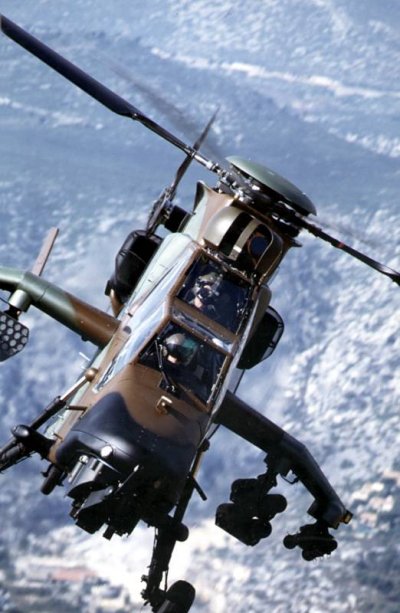|
||||||||||
|
|
||||||||||
|
||||||||||
|
|
||||||||||
|
|
|
||||||||||||
|
by Doug Jackson Spring 2000
Introduction:Even though the design of the modern helicopter was not perfected until the late 1930s, it is arguably one of the earliest ideas for achieving flight, predating the concept of the glider by perhaps as much as two thousand years. Inspired by the flight of birds, even ancient humans dreampt of soaring at high speeds, stopping on a dime, and hovering in place, much like a hummingbird or dragonfly. Yet no one truly appreciated the complexities needed to make that dream become reality, and it took the collected wisdom and patience of a number of notable aviation pioneers over the course of centuries to bring that technology into existence. In this site, we will first explore the history of how the modern helicopter came to be and highlight the great thinkers and designers who made the most significant innovations. Next, we will look at the mechanics of a helicopter rotor in forward flight and introduce the many complex challenges that have to be overcome to make a rotorcraft controllable. We will then discuss the two prevailing analytical theories used by engineers to mathematically describe how a rotor functions before wrapping up with an overview of the wake vortices created by the rotor in flight.

Last modified 07 January 2024 |


|
Aircraft | Design | Ask Us | Shop | Search |

|
|
| About Us | Contact Us | Copyright © 1997- | |||
|
|
|||